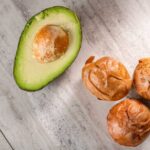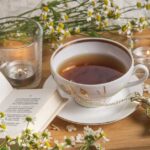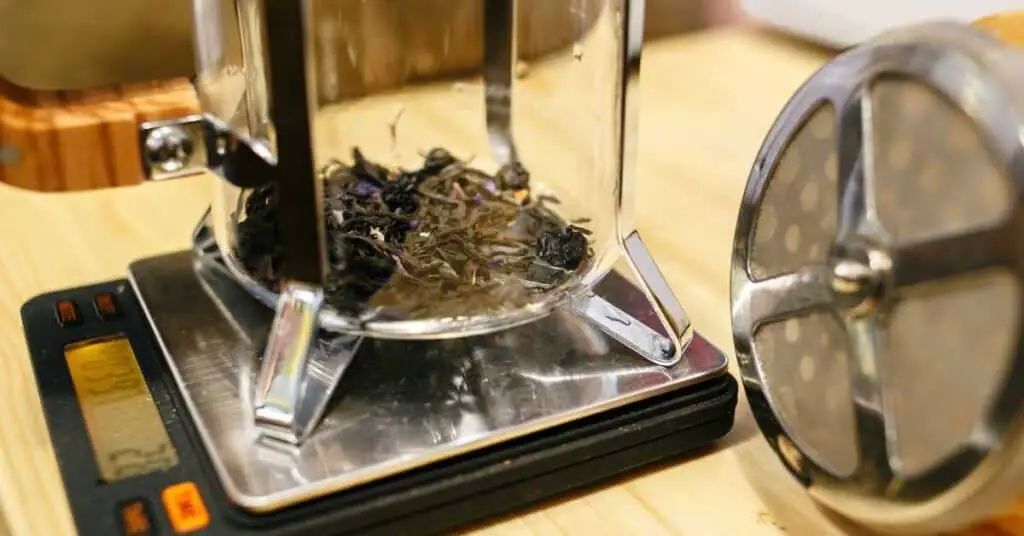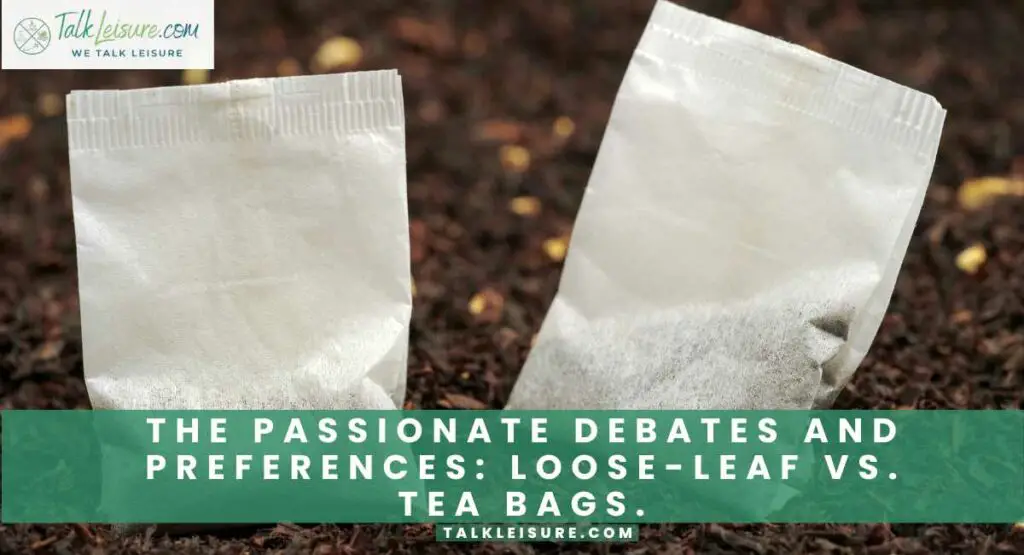Are you looking for a way to add some beauty and color to your garden?
Mangliers are a great option, adding vibrant colors as well as fresh fruits and vegetables.
In this blog post, we’ll show you how to grow manglier from seed and provide tips on planting, pruning, and harvesting these delicious plants. Read on to learn more!
What Is Manglier
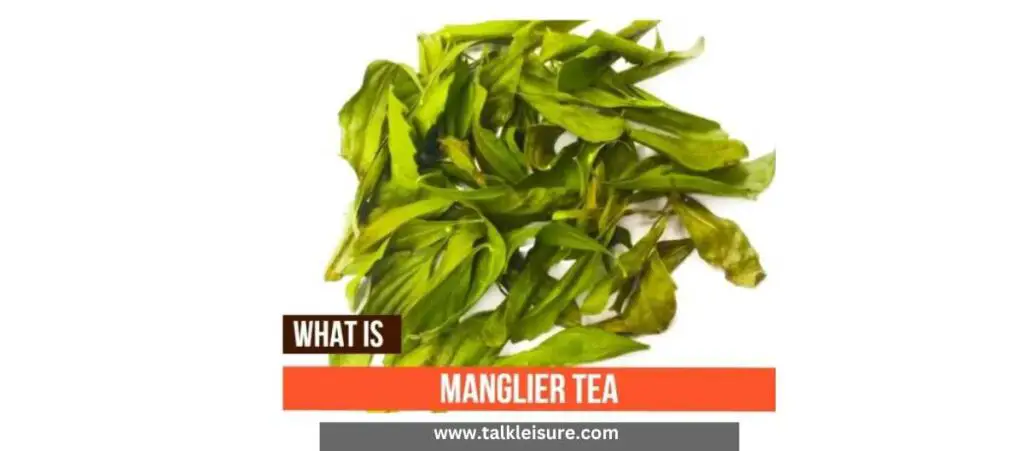
Manglier is a native plant of South Louisiana and has been used by native Americans to treat type 2 diabetes and obesity.
It tends to grow best in areas that have been undisturbed for two or more years and holds its leaves throughout the year, unlike most other plants.
The Cajun name for sea myrtle is “manglier” or the shortened version “mangs”.
This plant can be used to make tea that is said to fight the Coronavirus by boosting the body’s immunity system.
Not only is manglier a medicinal plant, but it is also an important pollinator species which helps to maintain healthy ecosystems.
Manglier has a long history of use in Cajun culture, with traditional remedies such as making tea with manglier leaves being used to treat fever.
It is part of the Baccharis genus, which contains many species of medicinal plants.
Uses Of Manglier In Natural Medicine
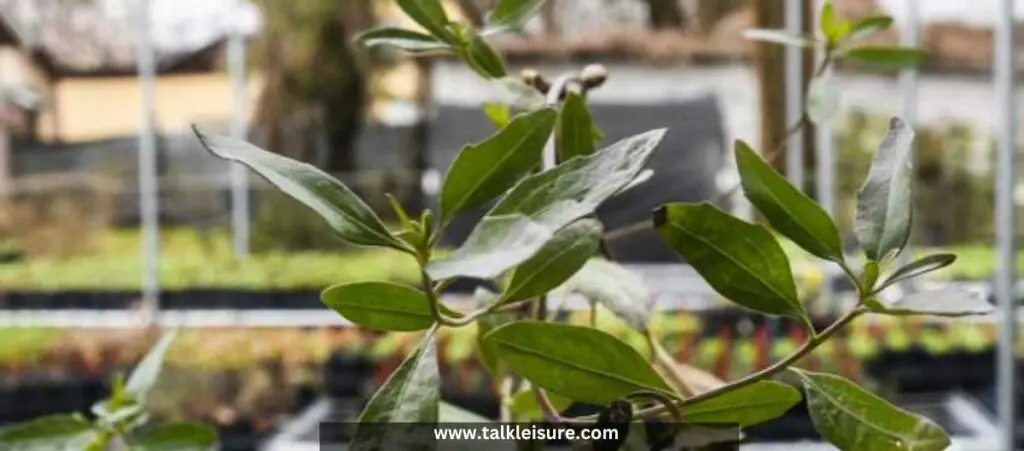
Manglier has been used for generations to treat a variety of ailments, from the common cold to inflammation.
The leaves of the plant are boiled to make an aromatic yellow/green brew.
Studies have shown that this brew has antibacterial, antifungal and antiviral properties that can help fight infections and improve the immune system.
It is also known to be useful in treating skin conditions and relieving pain.
In Cajun culture, Manglier is also used in rituals such as cleansing and blessing of people or places and in healing ceremonies.
Additionally, Manglier has been found to have pollinator-friendly properties which help support the local ecosystem by providing food for bees, butterflies, and other beneficial insects.
Furthermore, recent research has suggested that Manglier could be beneficial in helping fight the Coronavirus due to its antiviral properties.
Growing Manglier in Your Home Garden
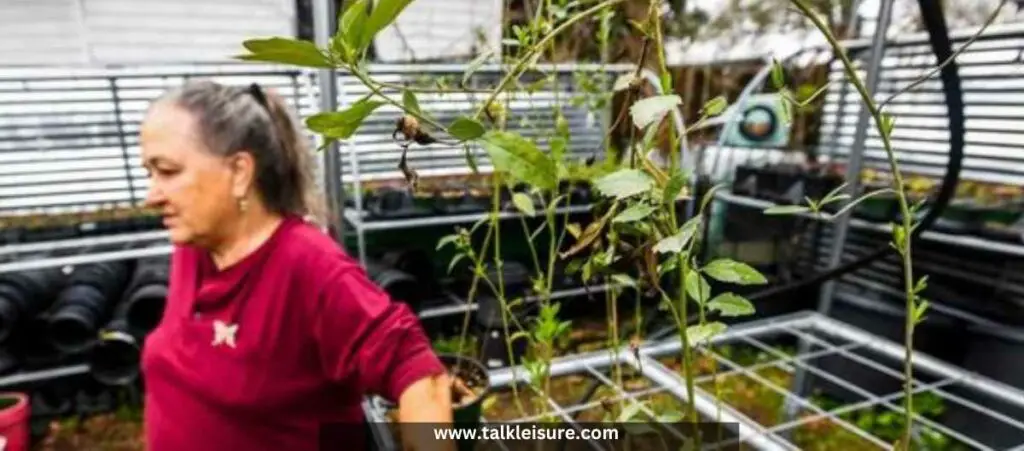
Growing Manglier in your home garden is a great way to experience the medicinal benefits of this unique herb.
The best way to do this is to purchase seeds or plants from a reliable source, such as a local nursery or online retailer, and then grow them in your own garden.
When choosing a location for Manglier, it’s important to find one that gets plenty of sunlight and has well-drained soil.
Once you’ve found the perfect spot, prepare the soil by adding organic matter, such as compost or manure, and tilling or spading it to loosen it up.
Plant the Manglier seeds about two inches deep and water them regularly.
Fertilize the Manglier plants throughout the growing season and make sure to prune them occasionally to keep them healthy.
Growing Manglier in your home garden is a great way to experience its medicinal benefits and can also help bring pollinators like bees and butterflies into your garden.
Choose a Location in Your Garden
When it comes to growing Manglier, choosing the right location in your garden is essential for success.
Manglier needs plenty of sunlight and well-drained soil to thrive.
The best place for Manglier plants is an area that gets at least six hours of direct sunlight per day.
If you are planting Manglier in a container, make sure it has adequate drainage holes and is in an area with plenty of light.
Before planting, it’s important to prepare the soil by adding organic matter to improve drainage and aeration.
Make sure that the soil pH is between 6.0 and 7.5. Once you have selected the right spot, you can plant your Manglier seeds or transplants and water regularly to keep the soil moist.
With proper care and maintenance, your Manglier will thrive and provide you with a bounty of medicinal benefits!
Prepare the Soil for Planting
Now that you have chosen the perfect spot for your Manglier plant, it’s time to prepare the soil.
As with any garden, the soil should be loosened to a depth of at least 8 inches, preferably 12.
This will allow the roots to reach down and get the nutrients they need.
Adding organic matter like compost will help nourish the soil and ensure that it retains moisture.
You should also turn over some fertilizer into the soil with a spade or tiller and smooth out the surface before planting.
This first fertilizing step will give your Manglier a good start and will help sustain it in future months.
Plant and Water the Manglier Seeds
Once you have chosen a location in your garden and prepared the soil for planting, it is time to plant and water the Manglier seeds.
Sow the seeds into seed trays or clean containers and keep them in a warm environment.
For best results, keep the temperature between 70-85°F (21-29°C). Make sure to keep the soil moist but not soggy.
When the seedlings emerge, thin out weaker ones so that the remaining plants have room to grow.
Water as needed, but avoid overwatering, which can lead to fungal diseases.
Fertilize with a balanced fertilizer every four weeks to help promote growth.
With some care, you can enjoy the fruits of your labor as your Manglier plants produce an abundance of blooms!
Fertilize and Maintain the Manglier
Once you have planted your Manglier seeds, it is time to fertilize and maintain them.
Manglier plants require a balanced organic fertilizer such as fish emulsion or kelp.
Apply the fertilizer in the spring when the plants begin to grow, and reapply it periodically throughout the growing season.
It is important to keep the soil consistently moist for optimal growth.
Make sure to water the plants at least once a week, and adjust your watering schedule according to weather conditions.
Also, be sure to remove any dead or wilted leaves as they appear in order to promote healthy growth.
With regular fertilization and maintenance, your Manglier plants will reward you with an abundance of medicinal benefits throughout the growing season.
Benefits of Manglier Tea
Manglier tea is known for its many health benefits, including aiding in digestion, boosting the immune system, and providing antioxidant properties.
It is also an excellent remedy for fevers, chills, congestion, and other colds.
The rule of thumb is to drink 2 to 3 cups daily if you want to increase your testosterone levels.
The strong triterpenoid properties of Manglier have anti-inflammatory and anti-viral properties which make it a great immunity booster as well as a treatment for diabetes and respiratory infections.
Furthermore, Manglier can help to prevent viral infections and fight colds and flu.
All these benefits make Manglier tea a great choice for anyone who wants to improve their health.
Research on the Medicinal Properties of Manglier
Research into the medicinal properties of manglier is ongoing and highly promising.
Hundreds of studies have been conducted to investigate its potential as a herbal remedy.
Native American, Black, Creole, and Cajun communities have long known the healing properties of manglier, and research is now bridging the gap between traditional knowledge and modern science.
The leaves of manglier are traditionally brewed into a tea to maximize its medicinal benefits.
A master’s thesis submitted to Louisiana State University found that manglier is a hidden jewel in the medicinal plant collection.
Research has found that manglier can help clear viral and bacterial infections, and continues to show that natural medicine still has an important role to play in maintaining positive health.
Manglier and Pollinators
Manglier is known to attract pollinators, due to its long-lasting leaves and appealing appearance.
This plant is a great home for endemic geckos, which also act as pollinators.
In addition to providing a pleasant environment for pollinators, manglier also has many medicinal benefits; it helps fight inflammation in fat cells and is an effective fever remedy when served as tea three times per day.
The Cajun culture has also recognized the medicinal properties of this plant, and its use in traditional medicine has been passed down through generations.
Thus, it is important to consider the role of manglier in preserving local pollinator populations and providing medicinal benefits when planting this plant in your home garden.
Manglier and Coronavirus
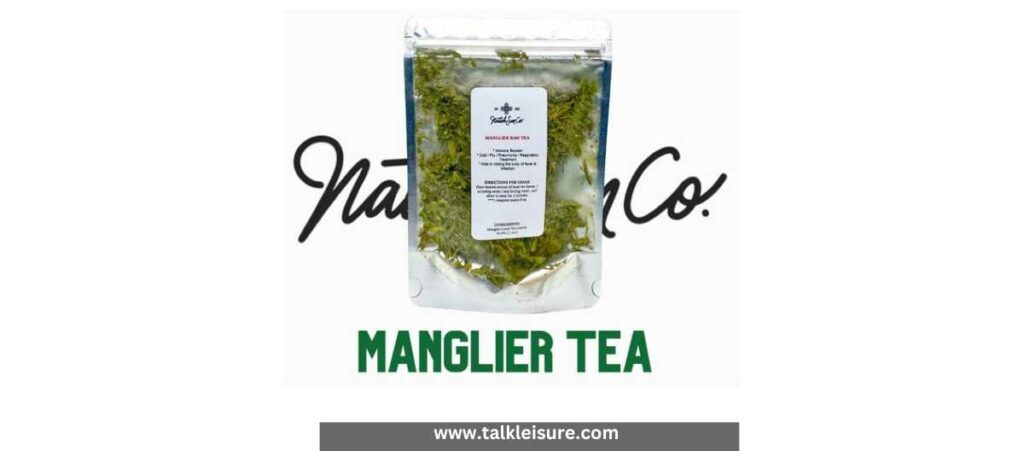
Manglier has been gaining attention due to its potential benefits in treating a wide range of diseases, including novel coronavirus (COVID-19).
Native Americans first discovered the medicinal properties of the groundsel bush, which has been used in traditional medicine for centuries.
Darnell Norman, an herbalist from Louisiana, has passed down a recipe for a homemade remedy that includes manglier and is thought to clear both viral and bacterial infections.
While there is limited research on the effects of manglier on the novel coronavirus, it is believed to be an adaptogen which could help boost the body’s immunity and fight off infection.
Although more research is needed to fully understand the potential benefits of manglier against COVID-19, it may be worth considering as one of many natural remedies worth exploring.
Manglier in Cajun Culture
Manglier, also known as groundsel bush or “manglier” has been used for its medicinal properties throughout history in Cajun and Creole cultures.
This plant has been passed down for generations, and is a native plant of South Louisiana.
Growing up in southern Louisiana, it wasn’t unusual to hear the older generation talking about the healing properties of manglier and other medicinal plants outside of southern Louisiana.
Manglier has been found to increase the body’s immune response, fight infections, and provide relief from common ailments such as colds, flu, and stomach troubles.
Not only is manglier a useful medicinal plant, but its inclusion in Cajun culture speaks to their long-standing knowledge of the healing properties of plants.
Manglier tea has been used for centuries by Cajun healers—and today its benefits can be enjoyed by those wishing to use it as part of their natural medicine regimen.
The Baccharis Genus and Medicinal Plants
The Baccharis genus is an important source of medicinal plants, particularly Baccharis halimifolia, which is native to North America.
This species has traditionally been used to treat bacterial and fungal infections, and its ability to increase the medicinal properties of other plants has made it a popular choice in many traditional medicines.
In Northern Chile and other developing countries, medicinal plants are still the main therapeutic tool in traditional medicine.
The name ‘manglier’ appears to be misapplied because it is the French name for mangroves.
In addition to its medicinal uses, Baccharis halimifolia can also be grown in home gardens as a shrub or small tree, reaching heights between one to three meters.
It is easy to maintain, and its growth can be accelerated with fertilizer and regular watering.
Not only does this plant have medicinal properties, but it also supports pollinators in the garden and can bring a unique cultural element to the garden with its ties to Cajun culture.
Conclusion
In conclusion, Manglier is a highly versatile medicinal plant and a powerful ally in the fight against disease.
From the anti-viral properties of its leaves to its ability to attract pollinators, it is a remarkable species with a wealth of benefits.
It is also a deeply rooted part of Cajun culture and is still widely used by many for its healing properties.
Growing Manglier in your own garden is easy to do and can provide you with a wonderful source of natural remedies.
With proper maintenance and care, you can enjoy the therapeutic benefits of this amazing plant for years to come.
Best Wishes!





